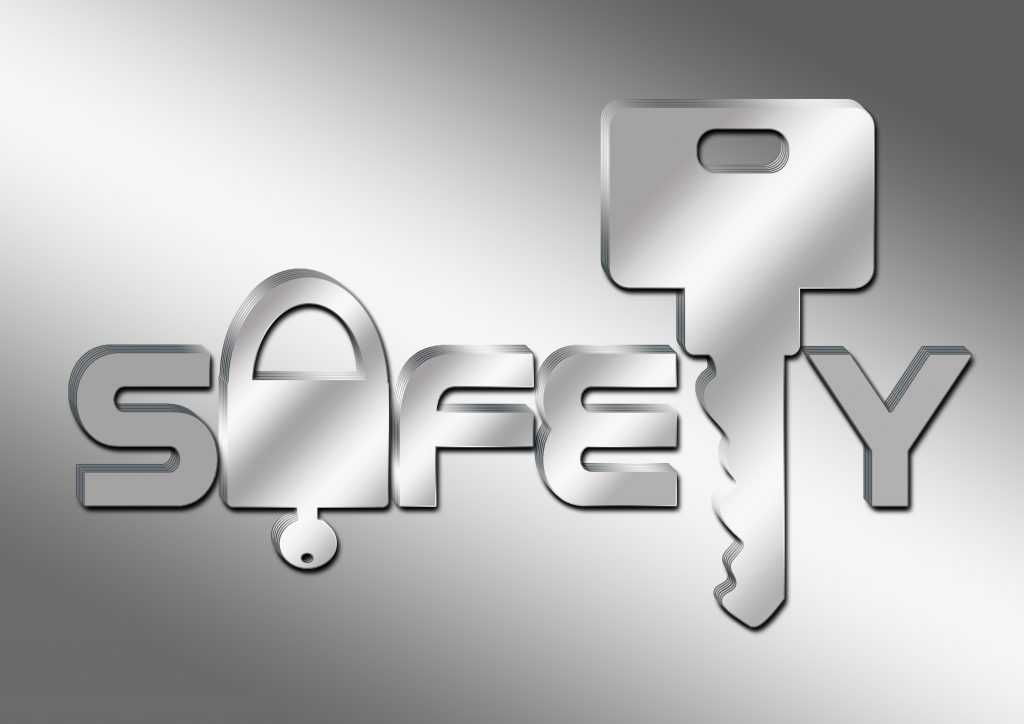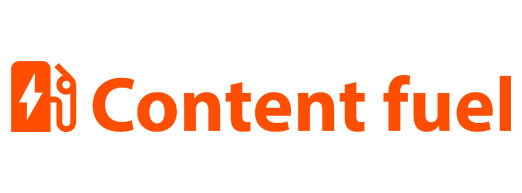If you’ve been considering purchasing PDF creation software for your business, to help do things like pdf to word online converter, you might be a little daunted by all of the choices out there. Before you make a purchase, keep these things in mind.
Output quality
When you create PDF documents, you want the quality of the finished document to be top notch. To do that, be sure that the software that you are considering buying is very high quality. Go online and read reviews and customer feedback about the various options to give you some insight into which option might be best for you and which you should avoid.
Compatibility
If your PDF creation isn’t compatible with other, industry-standard PDF applications, it won’t be very versatile. For example, some lower-quality PDF creation software packages created documents that can’t successfully be read by Adobe Viewer, which is arguably the most popular PDF software on the market. Make sure that any software you buy states that it conforms to industry standards and that the documents created can be read by the most common applications out there.
Cost
As with anything, cost is a factor in buying a PDF editor software. The trouble is, there are so many different price points attached to the very many options out there, and it can hard to determine what’s a good deal and what isn’t. The key is to consider the value, not the price. If you pay money at low end of the spectrum, you’re likely getting a lesser-quality product with fewer features and lower output quality, for example. On the other end of the spectrum, a few more dollars may get you more features, better quality, better user experience, etc. Before you buy, check to make sure what you are getting for the price. You should spend your money on a product that offers high-quality PDF generation, annotation capabilities, editing abilities, clear navigation, form filling, etc.
Print Quality
If you are looking to create PDFs that can be printed with high quality, be sure that the following issues won’t happen:
-
Automatic inclusion of comments/annotations
-
Only created with RGB colour scheme (which will compromise print colour quality)
-
It does not contain embedded fonts
If any of these problems are inherent to a software program, the resulting printed PDF won’t be high-enough quality for some uses, including printing on a commercial press, such as for a magazine or newspaper. A good PDF creation program won’t cause any of these issues.
PDFs are very useful documents. That is, if they are created properly. When looking for a software option for creating those PDFs, keep these tips in mind so that you can be sure you are getting a program that is worth your money. If you do that, you’ll be able to create professional, editable, and beautiful documents that can easily be shared, emailed, and printed.






